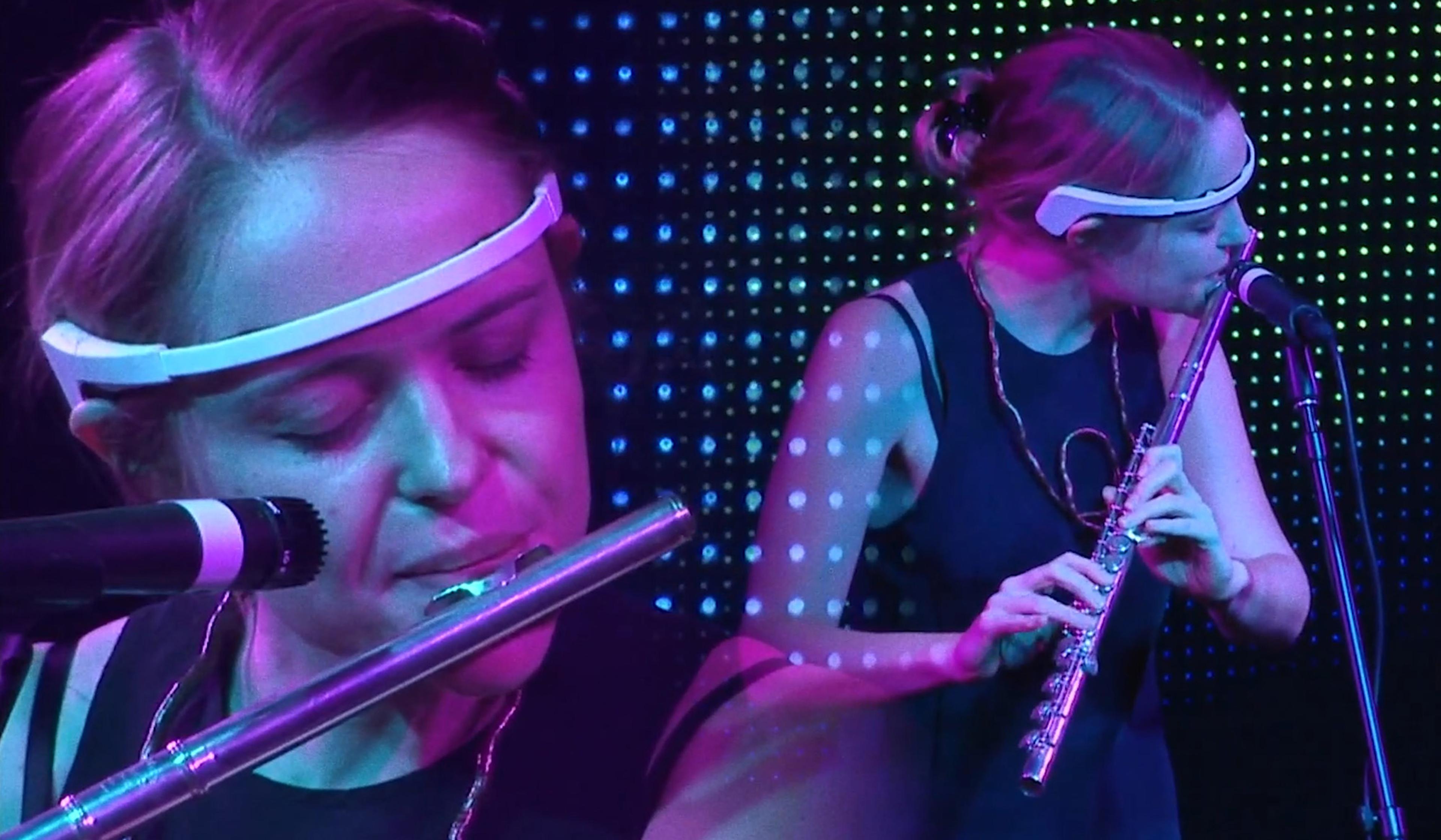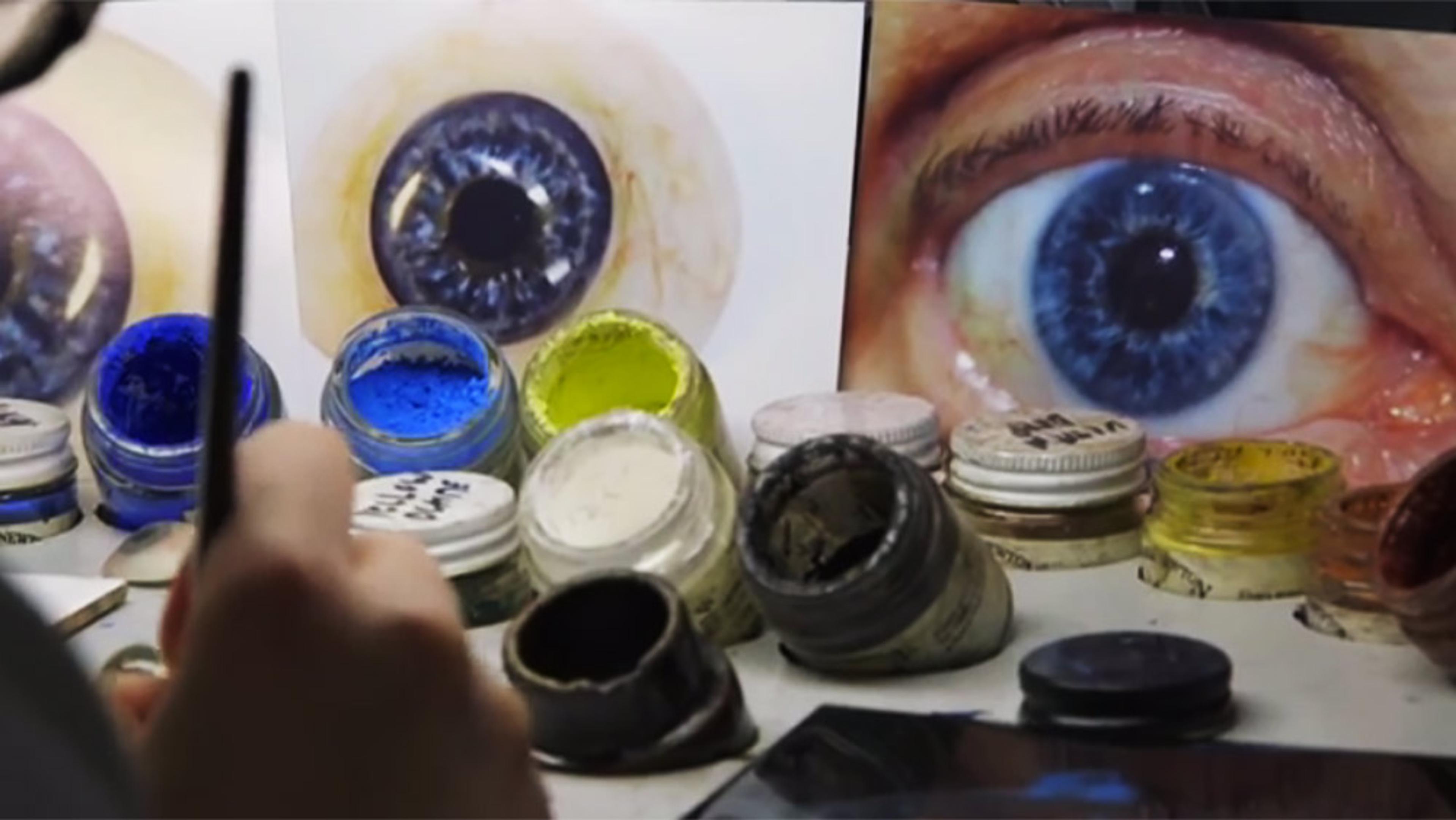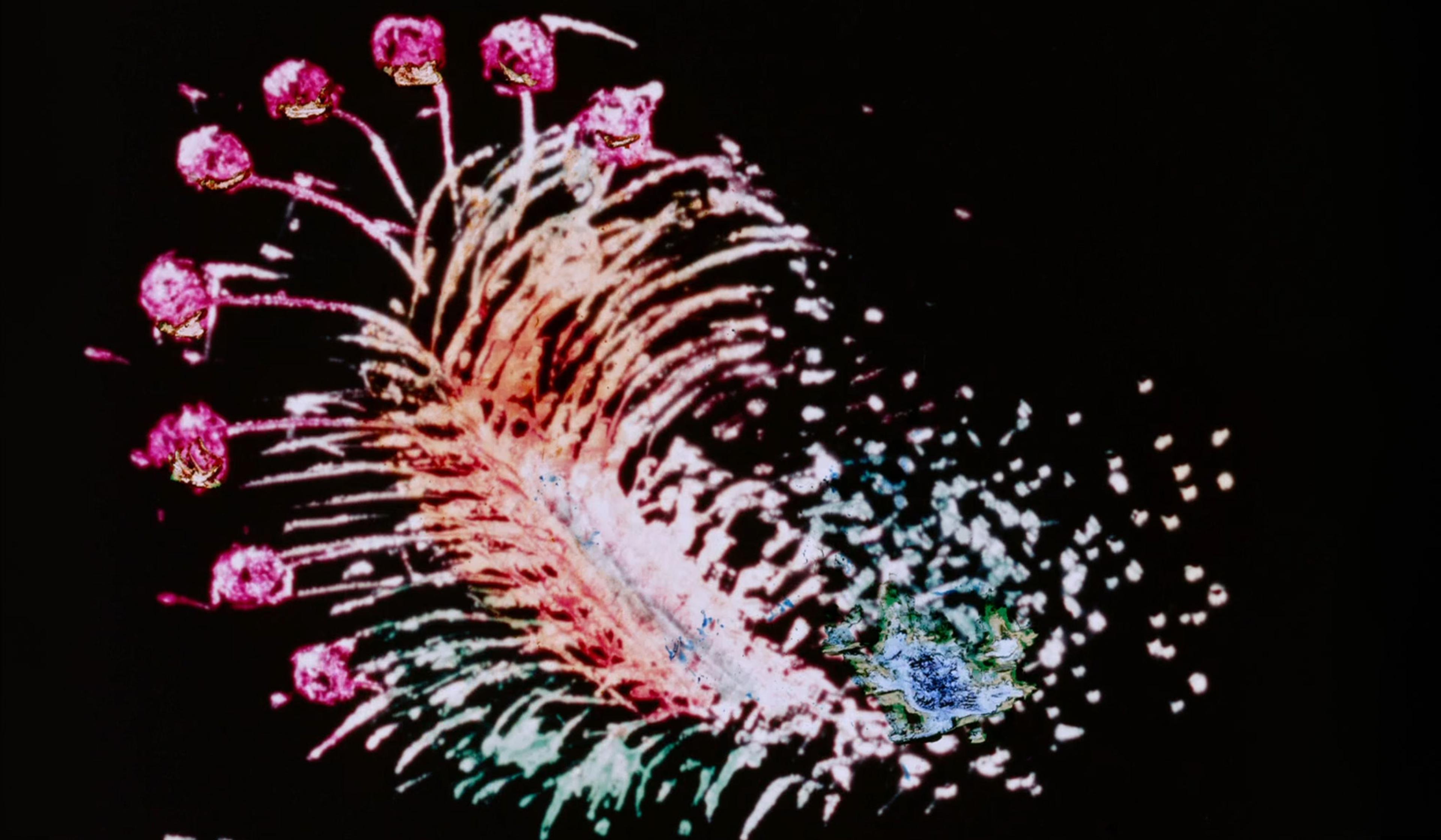Born with a rare condition that causes complete colourblindness, the UK-born, Catalan-raised artist Neil Harbisson helped develop the ‘eyeborg’ in 2004 – an antenna that converts colours into sounds – and had the device implanted in his skull. The eyeborg has actually altered his brain chemistry, allowing him to hear colours in his dreams, and thus creating an undeniable union between the technology and his mind. In 2010, Harbisson co-founded the Cyborg Foundation, a non-profit that defends ‘cyborg rights’ and helps people extend their senses and fulfill their cybernetic dreams.
How the world’s first ‘recognised cyborg’ senses colour through sound
Director: Rafel Duran Torrent

videoNeurodiversity
How the ‘Island of the Colourblind’ made Oliver Sacks rethink ‘normal’
6 minutes

videoMusic
Can biofeedback help to unlock the mysteries of music’s therapeutic effects?
6 minutes

videoFuture of technology
It takes a careful blend of science, craft and compassion to make a prosthetic eye
6 minutes

videoAutomation and robotics
Human as a process: What awaits us in the coming age of bio-enhancement?
3 minutes

videoFilm and visual culture
A Palme d’Or-winning animation toys with the way our eyes perceive light
5 minutes

videoNeurodiversity
Step into synaesthesia’s visual soundscape, built with the music of John Coltrane
2 minutes

videoFilm and visual culture
With human help, AIs are generating a new aesthetics. The results are trippy
9 minutes

videoAutomation and robotics
Uncanny! Is this humanoid robot a curiosity, or a preview of a post-human world?
14 minutes

videoNeuroscience
What will we do when neuroimaging allows us to reconstruct dreams and memories?
4 minutes